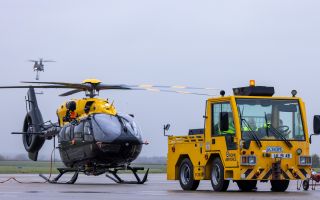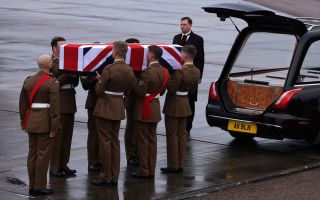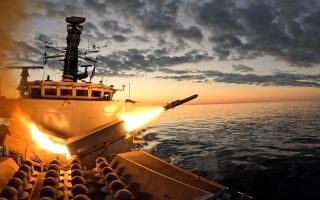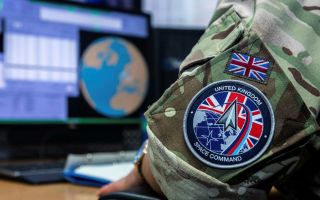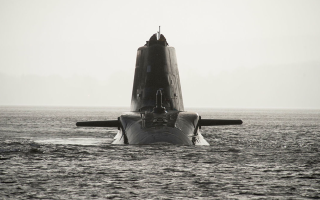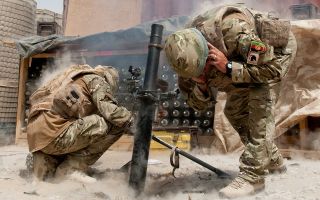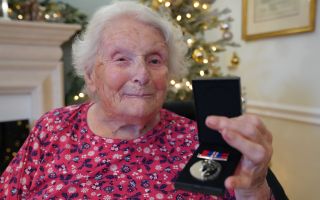'Uncanny' parallels between Ukraine's Op Spiderweb and SAS missions during World War 2
When Ukraine's daring Operation Spiderweb took place in June 2025, author and military historian Damien Lewis was immediately reminded of the audacious missions undertaken by the SAS during the Second World War.
The spectacular attack, which took 18 months to plan, saw 117 drones emerging from lorries at several locations deep inside Russia, attacking 41 supposedly untouchable heavy bombers across multiple time zones and multiple air bases.
The cost of the attack on Moscow, partially diminishing Russian airpower, is estimated to have been £5bn, according to the Security Service of Ukraine.
Speaking to BFBS Forces News, Mr Lewis – the author of books such as The Ministry of Ungentlemanly Warfare, SAS Daggers Drawn and his latest release SAS The Great Train Raid – explained how similar the method was to SAS tactics.
He said: "When I saw that breaking news of Spiderweb, it struck me immediately.
"Oh my God, this is like Paddy Mayne and his raiders in a North African desert translated to the modern day."
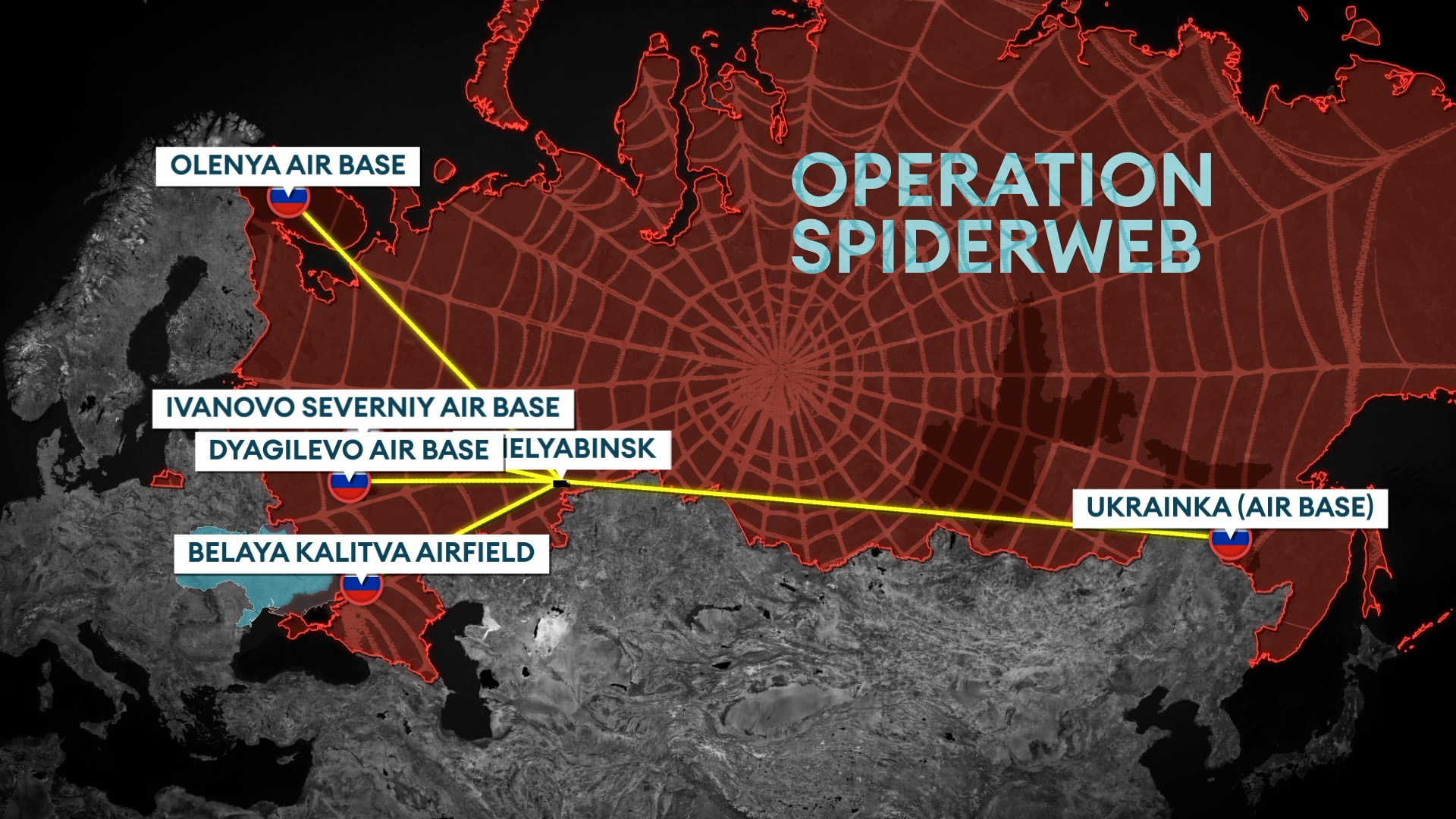
Doing the unthinkable
The similarities are obvious to those with an understanding of how the SAS worked during the Second World War.
The SAS was known for doing the unthinkable time and time again, a trait encouraged by Prime Minister Winston Churchill and which appalled many senior members of the government and military.
In SAS The Great Train Raid, Mr Lewis reveals a story that had remained a secret until 1968, when a small mention of the SAS's most secret wartime mission was discovered in the Rover & Wizard comic under the headline 'Who Dares Wins'.
Just like Ukraine's Spiderweb, Operation Loco was audacious.
In short, the SAS raid in 1943 was designed to liberate Pisticci, the first concentration camp discovered by the Allies, in Italy.
Led by Major Oswald Cary-Elwes, the British commander of the SAS in Taranto, Italy and working in coordination with MI9 and the American Office of Strategic Services, the operation involved the SAS hijacking a train.
The plan was then for the Special Forces operatives to drive 120km behind enemy lines and use the train to ship out hundreds of concentration camp prisoners.
And 82 years later, during Op Spiderweb, Ukraine commandeered several trucks to drive straight to the heart of enemy territory, just like the SAS during Op Loco.
Of the "utterly unbelievable mission" Op Spiderweb, Mr Lewis said: "It's a carbon copy of what the SAS were doing in the North African desert in, '41, '42.
"What the SAS were doing was getting in their Jeeps and driving 2,000km across the desert, undetected by the enemy and emerging from the darkness like wraiths.
"Either on foot or in their Jeeps and planting the Lewes bombs, these lightweight, incendiary charges on German and Italian aircraft and blowing dozens of them to pieces at a time and then disappearing just as mysteriously."
But during Op Spiderweb, instead of Special Forces troops, it was lightweight and relatively cheap drones carrying what Mr Lewis says was about the same amount of explosives the average SAS operative was carrying in North Africa to plant on Nazi aeroplanes.
He said: "The only difference in terms of the modus operandi was that it's actually a drone carrying out the kill rather than a human being with a Lewes bomb."
Using the same Dead Reckoning technique that enabled SAS operatives to navigate the brutal North African desert, Ukrainian drones were guided precisely to their targets, highlighting a remarkable parallel in military thinking.
This innovative method, which involves calculating distance and direction based on known speed and stride, provides a unique advantage by making it significantly harder for the enemy to disrupt operations.
Just as the SAS executed daring missions during the Second World War, Ukraine's forces are using timeless tactics to adapt and succeed in today's complex warfare landscape.
He said: "So the parallels between what Operation Spiderweb entailed and what the SAS did in the North African desert specifically are really, really uncanny."
Not safe anywhere
One of the reasons Churchill supported the antics of the SAS was because he wanted Nazi Germany to feel as though they could be attacked at any minute.
Special Forces troops doing the unthinkable such as brazenly hijacking a train to liberate a concentration camp, left Nazi Germany unable to prepare to defend itself against the unknown.
He said: "Surprise is the golden elixir of guerrilla warfare behind enemy lines."
Part of Winston Churchill's success was due to him directing Special Forces to ensure that no German soldier could sleep peacefully.
He commanded them to leave "a trail of German corpses behind them" because he believed that if the enemy felt it could be hit anywhere deep behind the lines, then nowhere was safe, regardless of rank.
Mr Lewis said: "The Ukrainians have been deliberately targeting high-ranking Russian commanders.
"If you can do that, it makes the common soldier think, well, if the generals aren't even safe, what about us?
"So, it's absolutely devastating to the enemy's morale."
In July, Reuters reported that at least 11 senior Russian commanders have been killed since Vladimir Putin invaded Ukraine in February 2022.
And, following Op Spiderweb, paranoia swept across Russia as every lorry became a potential threat.
Mr Lewis said: "We have to take our hats off to the Ukrainians... for the innovative way in which they have fought their defence of their country.
"They have been remarkable and they've taken that SAS spirit of think the unthinkable and then do the unthinkable and made it a reality."

